Greg Guy, of DGB, Paul Cluver Jnr of Paul Cluver Wines, Andrea Mullineux of Mullineux & Leeu Family Wines and Corlea Fourie of Bosman Family Vineyards were the four producers willing to look at how the South African wine industry “Future Proofs” itself as part of a Wines of South Africa’s Insider Session (in partnership with Wesgro), hosted by The Buyer. Here’s how the debate played out…
You can watch the full debate here
The South African wine industry was facing enough challenges going into 2020, coming off the back of years of severe drought, a damaged economy, a weak currency and ever increasing demand to lower the prices for its wines. All of which have now been exacerbated by the experience South Africa has gone through with Covid-19 and the series of national and international lockdowns and subsequent hit on its wine sector.
Just getting through 2020 in itself is going to be an achievement for the industry as a whole, says Paul Cluver, managing director, of Paul Cluver Wines, when you consider that effectively it lost three months of wine sales at home and abroad through the various Covid-19 measures.
“The economy has been severely impacted,” he says, made worse by the fact tourism has also ground to a halt for much of 2020. “All our five star hotels in the Western Cape have been closed. All of which has a big impact on our overall buying power.”
Greg Guy, international director of DGB, one of the country’s biggest producers and exporters of premium wine, agrees: “Our economy was in trouble before Covid-19 hit and it was a tough place to do business last year and the year before. It’s very difficult to predict any trends at the moment as we are seeing such changes in behaviour from mass purchasing to dwindling sales as people’s personal credit and debt changes.”
He sees November and December as being vital in how well South Africa can recover going into 2021.
2020 has also, he adds, been a good lesson for how it should plan its future, says Guy. It has long had a clear strategy to make sure it has both a strong domestic and export business. “We rely on both and think it is a critical to have a footprint in both,” he says.
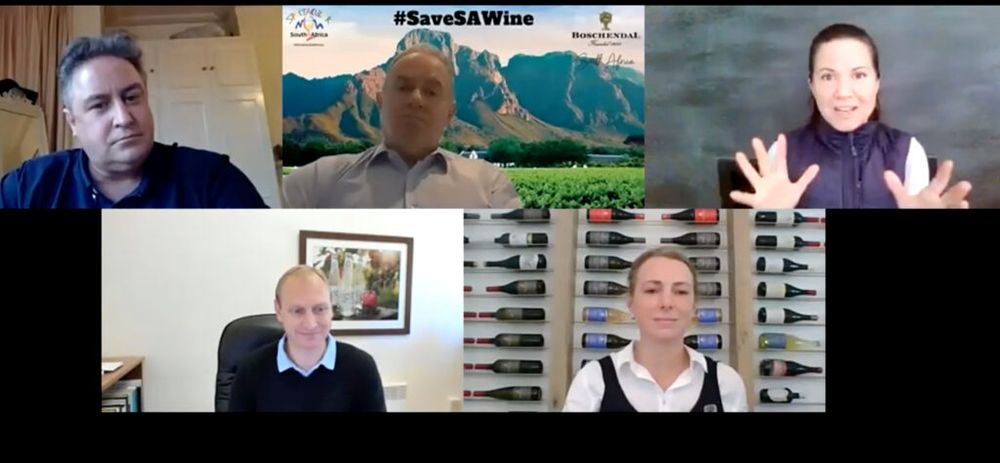
The Insider Sessions allowed Wines of South Africa to bring producers together to discuss key challenges facing the sector including sustainability, its commercial future and where the best place is for it to plant vines and make wine
Balanced business strategy
Andrea Mullineux, winemaker at Mullineux and Leeu Family Wines, whose sales are split 50% domestically and 50% internationally, says it has been important for it have that “that balance” during 2020.
The boom in online sales around the world is certainly a wake up call to South Africa, says Guy, as it is an area it has not been too strong on. “We have all been forced to do things differently, like going more into online,” he says, particularly if it is going to have any more sustained success in a key market such as the US.
Corlea Fourie, winemaker and vineyard manager at Bosman Family Vineyards believes the Covid-19 crisis has also helped re-focus the onus on people and ensuring every step taken is done for the benefit of all. It’s certainly the approach it took at its winery.
Like so many producers in South Africa, Bosman is about so much more than the wines it makes, stresses Fourie. It has a “multiple ownership” structure whereby its 500 plus workers also have a stake in the overall business and it runs a number of initiatives to provide an extensive support network for the local community.
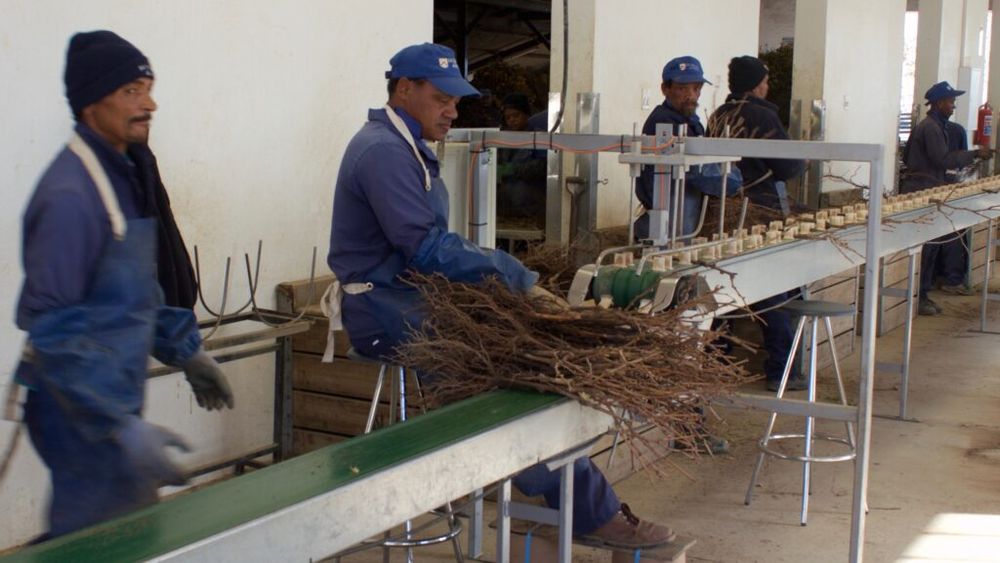
Bosman’s multiple ownership initiative means every member of staff has a stake in the business
That sustainable approach to winemaking that stretches into the community and how the industry collectively and individually through the work of producers, is helping the society as a whole is what truly makes South Africa unique in the world of wine. That in itself is a measure by which it can ‘future proof” itself by ensuring it is protecting and helping the next generations of wine workers.
The Bosmans, who are an eight generation family winery business, take in up to 4,000 tonnes of grapes a year from the Hemel-en-Aarde and Wellington growing regions. It’s also been good to be able to reassure customers both in South Africa and abroad that all has been done to keep staff safe and hygiene levels have been at the highest degree possible, says Fourie.
International support
The Covid-19 crisis has also demonstrated just how much love, warmth and respect there is around the world for the South African wine industry. The #SaveSAWine hashtag did so much to both galvanise support, but also to raise the morale among the South African wine community, says Mullineux.
“It was incredible to see this outpouring of support from abroad to save what was happening domestically,” she adds.
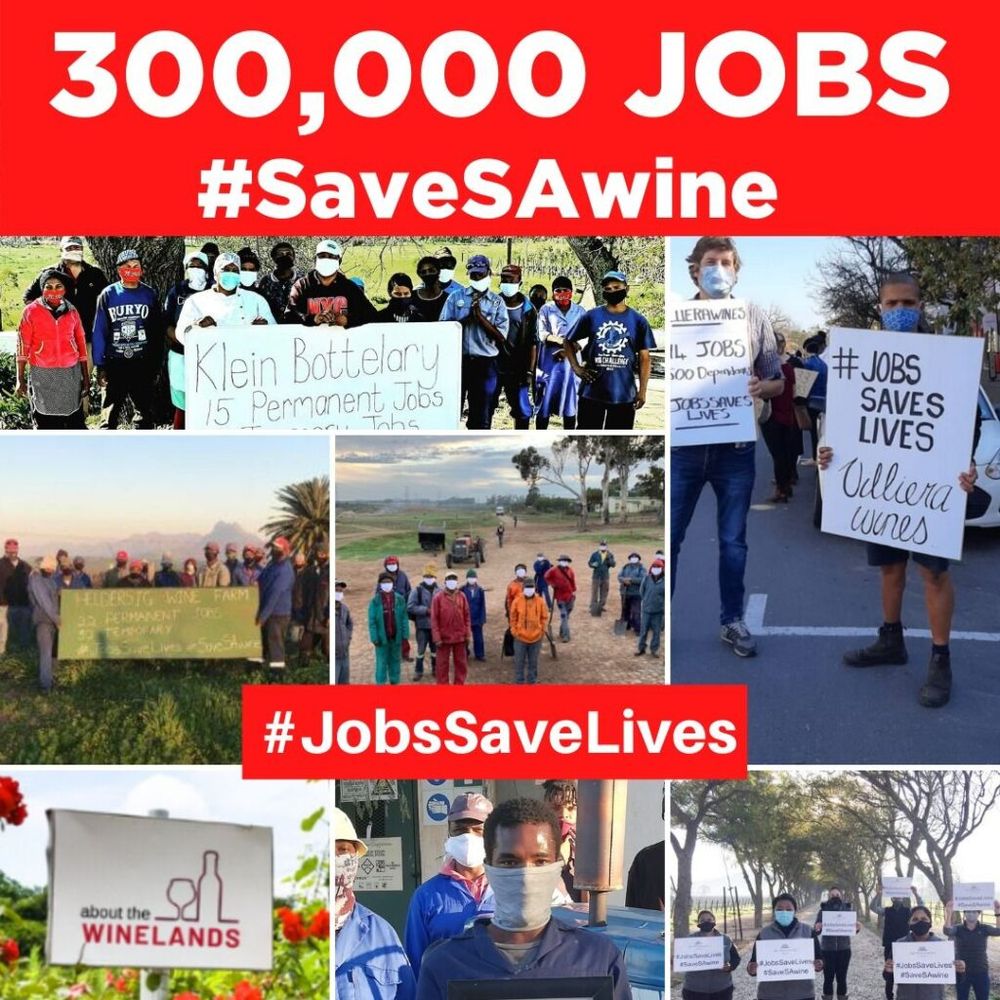
The #SaveSAwine campaign resonated around the world as retailers, restaurants and consumers all helped buy and support South African wine during the hardest parts of its lockdown
It was also a time when they as producers could also play their part by making sure they were working with their importers and distributors to give them whatever help and support they needed to help sell their wines in their markets, say Fourie. “It has helped keep that contact, that enthusiasm and kept South Africa front of mind.”
Mullineux, in particular, was able to take to zoom and Instagram Live and keep telling her story to both trade customers and end customers. It has certainly shown her a new way of working and communicating even when international travel gets back to near normal.
“A negative has been turned into a positive,” she explains. “This has forced everybody to Zoom forward 20 years. The idea of my head being carried around on someone’s iPad from retailer to retailer and doing these virtual in-store tastings in America when it is 2am here – we would never have thought of doing that even in a year ago, or whether it could be successful. Of course, there is nothing like the person to person tasting, but the fact you can still talk to people face to face in a digital format, I think everyone is happy we have the ability to do this.”
She also says it has been hard to make any firm plans and predictions about how things are going to
What South Africa needs to do better?
Although it’s hard to look at life before Covid-19, it’s important to reflect on where South Africa was as a wine industry going into 2020, if we are going to assess what it needs to build on in future years. So what mark would the panel have given their industry pre-Covid-19?
For Greg it would be no more than C or a B+. “Our average price points are still too low, but we are making some good progress. The international journalists are really writing about us, Kanonkop getting 100 points, followed by others, it just gets people talking and helps to raise the whole ship South Africa.”
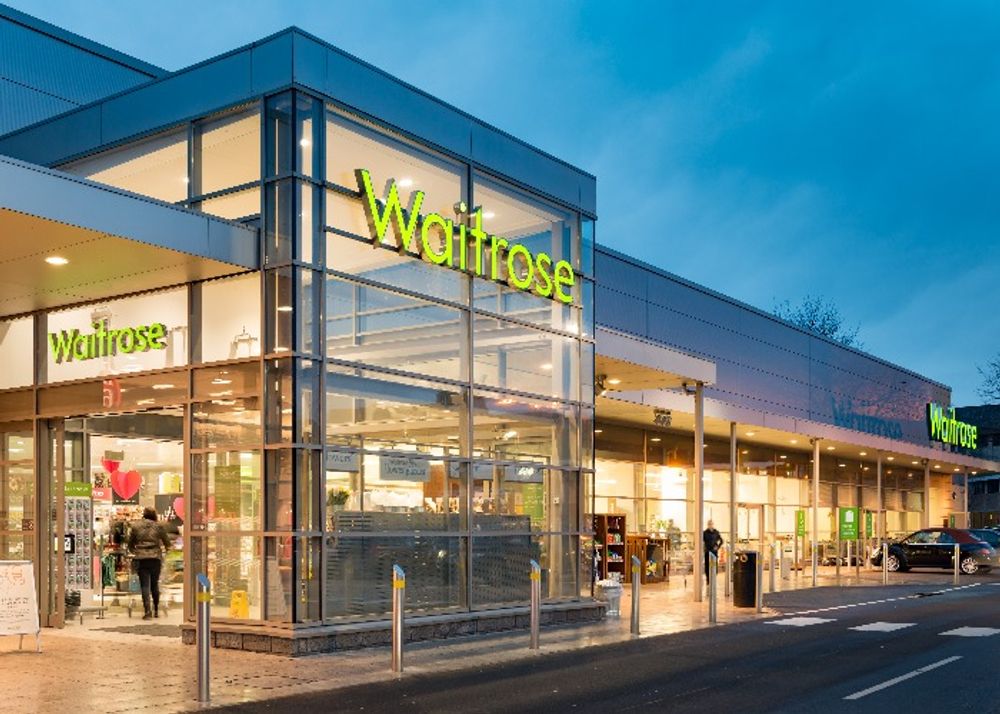
Waitrose was one of the UK retailers who took the lead on promoting South African wine with a promotion pulled together by buyer Victoria Mason who said at the time: “We have such a brilliant range of South African wines and we wanted to help in whatever way we could.”
But he also makes a plea to international buyers: “We have got to get these retailers to stop looking at South Africa as the destination for buyers own brands and cheapest wine on shelf. We don’t want to be in that gap.”
He says during Covid-19 it has been a mixed picture between those “buyers who have been very supportive and understanding, and some who are as non negotiable as ever” and it is always frustrating when buyers who get to understand South Africa as a country as well as a category move on to other positions. The lack of continuity amongst buyers has long been a problem for South Africa, he adds.
It’s a delicate balancing act, says Fourie at Bosman Wines. For there is no doubt the “appeal and appreciation of our wines was at an all time high” pre-Covid-19, she says. The many years of drought had also helped convince international buyers that if they were going to buy sustainably from South Africa they needed to so at a higher price point.
The challenge, now, is where does those conversations over price now lie thanks to Covid-19? If the country is going to build a sustainable future it needs to “build on those prices”, she adds.
Cluver agrees: “We have to break away from this value game. One of South Africa’s absolute strengths has been the incredible quality wine it has been producing at incredible value. We now produce some of the top wines in the world and are doing so on a consistent basis. That’s what is going to stand us in good stead going forward.”
But he also stresses that “the impact of Covid-19 has been game changing – we have to recognise that”. But “thankfully it has not been game ending,” he adds.
He does, though, also recognise that “everyone is under pressure” including the retail buyers and it is understandable that they will look to “shift” some of that pressure down the supply chain.
Premium wines to “knock your lights out”
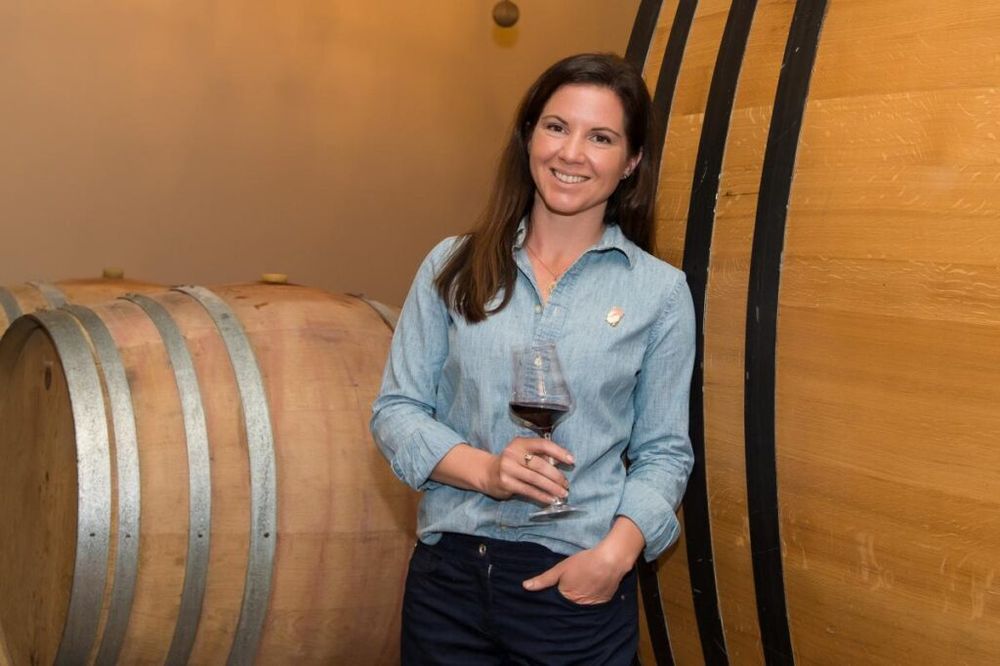
Andrea Mullineux says South Africa’s incredible value at premium and super premium price points is a major point of difference to the rest of the world
Mullineux says you can also twist the “value” statement around to say that South Africa offers incredible “value” at all price points, particularly so at the top end of the market where a £50 wine from South Africa would “knock the lights out of a £50 wine from a lot of other places of the world”. “This is all being done without any government subsidies, so our value is a real value.”
Mullineux’s own wines are actually a great example of just how well South African wines are loved and distributed around the world, for although it is essentially boutique in size compared to the other producers on the panel it still sell wine in 35 countries.
Her goal, she says, at Mullineux & Leeu Family Wines is to create boutique wines that “focus on what South Africa does best”. Which, for her means Syrah, and Chenin Blanc and where possible making wine from the country’s oldest vines.
“We want to aim high, but at the same time anything we have done well we see it is as lifting up the whole of South Africa as well. So when we are overseas marketing ourselves we are also marketing all of South African wine,” she explains.
She believes the message for South Africa and its future is to “focus and really highlight what South Africa does well”. “So every time someone spend £5, £10 or £20 on a bottle of wine they know everything about it is authentic.”
Chicken and egg conundrum
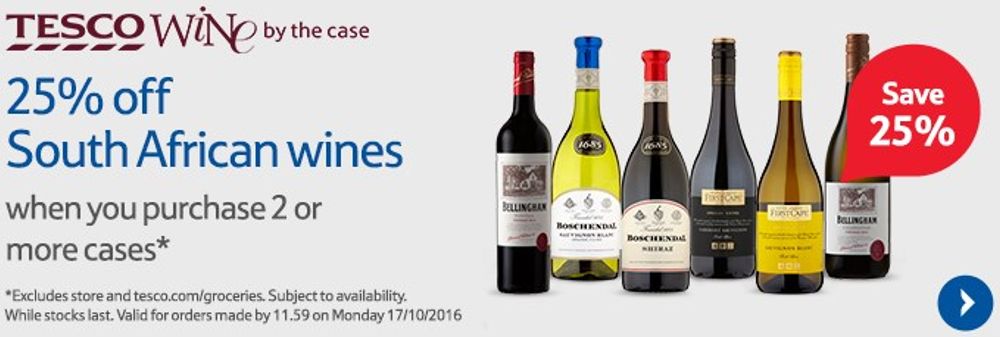
Too often South Africa is the wine country that major retailers will go to in order to drive footfall down the wine aisle
Greg at DGB also concedes it is down to every South African producer to work hard to make the case to the consumer that their wine is worth a £10 plus price tag. Otherwise a retail buyer has every right to turn round and say we listed it but it did not sell. That’s South Africa’s challenge, he says.
“It’s a chicken and egg thing. We need to spend more money talking to our consumers and engaging them and that takes time.”
Fourie believes the fact South African producers are now so much more confident about the wines they are making, but also what their consumer appeal is in terms of overall brand and country image means their “elevator pitch” resonates much better around the world.
“The picture of South African wine is definitely becoming quite distinct,” she adds.
Switching channels
Where South Africa has to work quickly – particularly with ongoing lockdowns in its key markets like the UK and the US – is to raise it game in some of the channels where it is currently weak. Like online and in all areas of retail. “That is going to be critically important,” says Greg. “If your brand is focused on the on-trade, then you are going to have to change and try and reach your consumer on a direct to consumer or retail basis.”
Greg can also see difficult months ahead as the pandemic continues to grip around the world forcing consumers everywhere “to tighten their belts”.
“There is also an excess of wine in the northern hemisphere, and we’ve got an excess of bulk, so how do we tell these buyers that we don’t want to be supplying them wine at a rock bottom price.”
Cluver says there is also the added pressure of having wine dedicated to certain channels that simply are not functioning at the moment. Like the airplane and tourism sectors. It has lost a considerable amount of volume from not being able to supply airlines, so the pressure is there to “adapt” and find new routes for that wine.

The Mind Map Wine Company is a new DTC platform set up initially in the UK as a collaboration between Bruce Jack Wines, Rascallion and De Grendel wines to sell their wines straight to UK consumers
Which it has been able to do to some extent thanks to the “enormous success” there has been in online in fast growing markets like the US.
“Then there has been the number of wineries that have jumped on to online sales and pre-sales and developed direct to consumer business models over the last nine months. It has been absolutely incredible and fast tracked what would have been possible otherwise,” he adds.
Right varietals for its markets
Greg sees one of the ways out of this dilemma is to work closer with its “primary growers” to make sure it has the right vines planted. “It starts there. We don’t have enough Chardonnay, Cabernet, Merlot or Sauvignon Blanc, the varieties that people want. I’m a big advocate of Chenin and Pinotage, but the big markets, like the US and China, they want Cabernets and Merlots and we don’t have enough of them,” he explains.
“One of the ways we can future proof our industry is to engage with the growers to make sure we have got the right stuff planted.”
Cluver stresses he is part of a fourth generation family of farmers “first and foremost” and it is only over the last 23 vintages that it turned to making wine, albeit an ambitious one to by his father to plant Chardonnay and Pinot Noir vines and grow grapes in the cool climate region of Elgin.
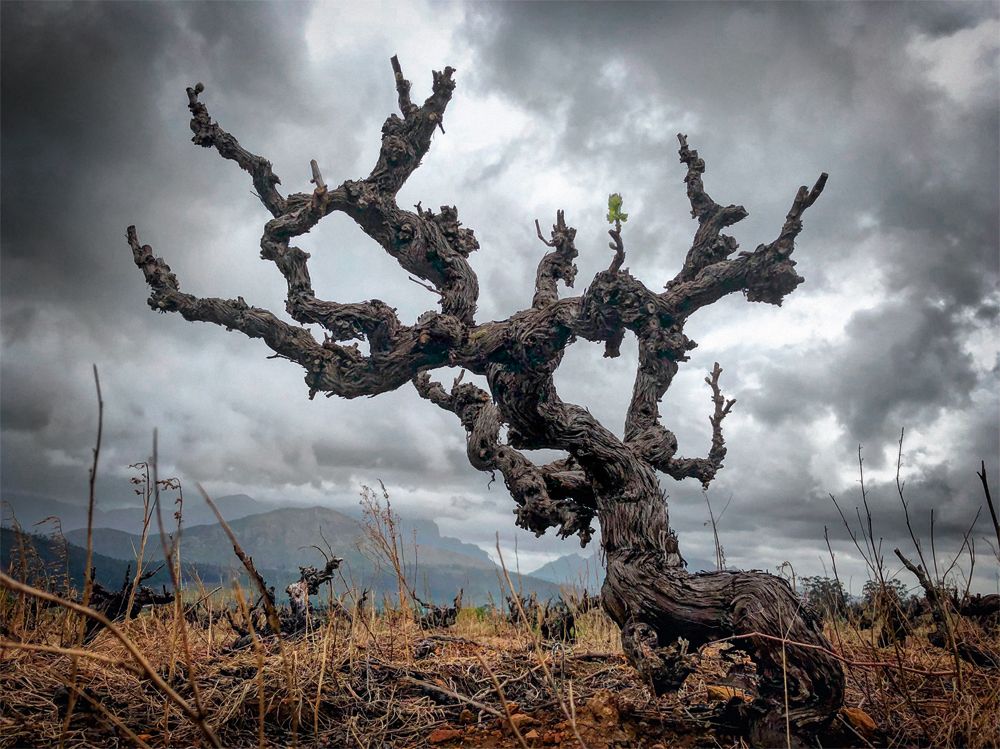
Andrea Mullineux believes South Africa’s Old Vine Project is a another vital calling card it needs to make even more as part of its international story
Mullineux believes the overall industry needs to really focus in on what she sees are the country’s hero varieties, like Syrah, Chenin Blanc and Pinotage, but also celebrate its old vines and what a point of difference they are. “The whole Old Vine project has been an amazing initiative to show the world how special old vines are and how they need to be preserved. But how that also comes at a price and there is a value associated with it a history and the decades that have gone into making the:: product that people are drinking.”
What will happen with 2021 harvest?
Then there is the more immediate concern about the 2021 harvest and what sort of volumes does South Africa want to be picking and producing in order to protect its price points in such a volatile and hard to predict marketplace. “Forecasting,” as Greg adds, “is a near impossible science right now. But we have to somehow stand and be tough as an industry to “resist the temptation to dump and keep lowering prices”.
“That comes collectively from all of us, from top to bottom of the industry, from primary producers to co-ops to boutique producers. Everyone is getting pushed to drop their pricing and whilst we have to remain commercial and viable, we must try and manage it wisely.”
Fourie says Bosman has in recent years invested in taking on extra production capacity to help it do custom crushes so that it has as wide a portfolio of wines as possible, and although she agrees it’s a nightmare to forecast she is also hopeful of an “upswing” in demand.
What next?
The panel was agreed that the Covid-19 situation has, in Mullineux’s words, taken the industry “to the point of no return”.
But it’s not as if South Africa does not already have all the answers, she says. “People want to know that workers are being treated well, the vineyards are sustainable, the wine they are drinking is authentic. All that comes with the education that Wines of South Africa has been doing, the Old Vines project, the New Wave tasting shows in the UK. These all help highlight the incredible product we produce, that has to come at a higher price,” she explains.
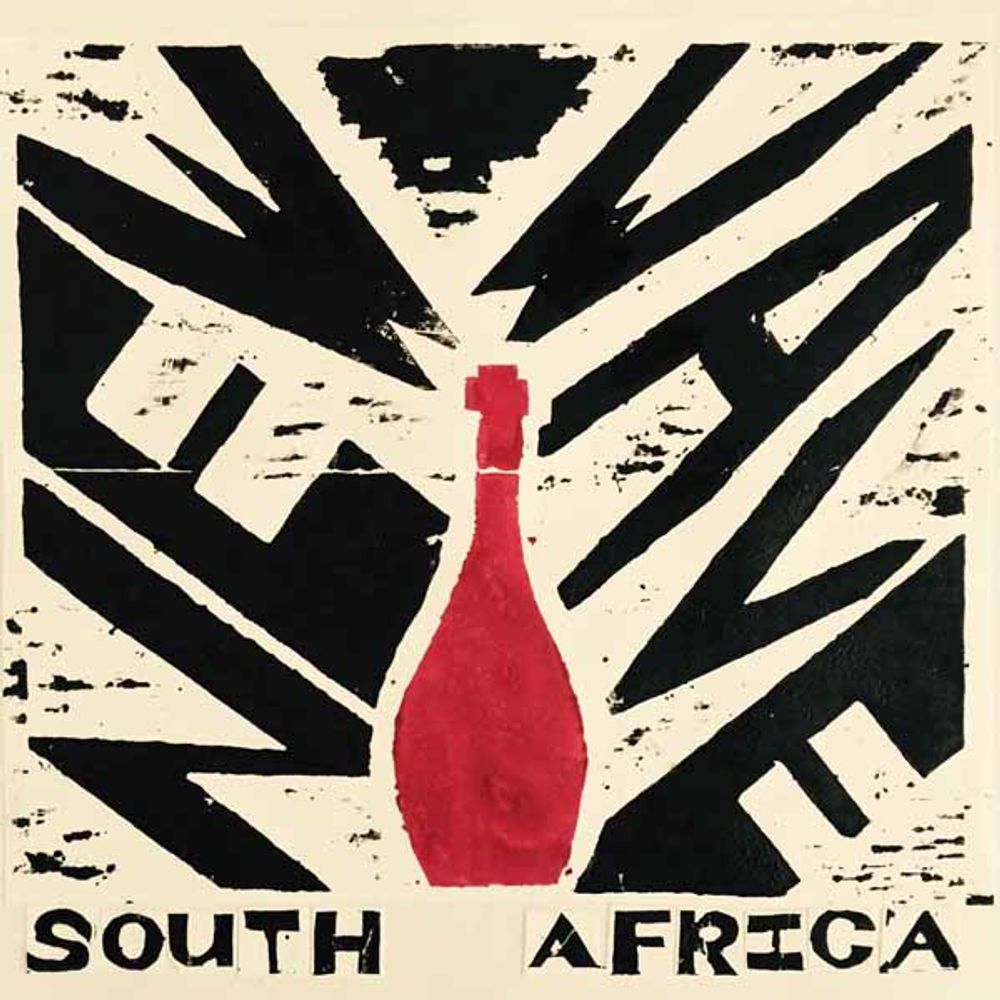
Initiatives like the New Wave South Africa tasting in the UK has been vital in raising the country’s profile for making dynamic wines in key markets around the world
Ultimately, says Cluver, it comes down to setting your business model so that it fits into what the South African wine industry is dong. “You have to take long term decisions,” he says.
“But as Andrea says if you want to ensure you are looking after your people and your environment then you have to be doing it right and build a sustainable business model and make sure you follow it every single step of the way.”
Those producers that stick to only producing lower priced wines will slowly disappear, and switch to citrus production, as they simply won’t be sustainable, claims Cluver. “At every price point you need a sustainable business model that is based on financial conservatism.”
A key part of that sustainable story are the environmental steps and seal that the South African wine industry has taken a world lead on, says Greg. “We are well ahead of the game on that and I don’t think we have taken it to the full extent and marketed it as well as we could.”
He also switched the debate to look at future audiences and consumers of South African wine and, in particular, the need for it to get more younger drinkers into their wine and not rely on the 50 plus age group that is its most popular age group. “We need to get our brands drunk by a younger demographic that can help take our brand’s to the next level.”
Time to re-set
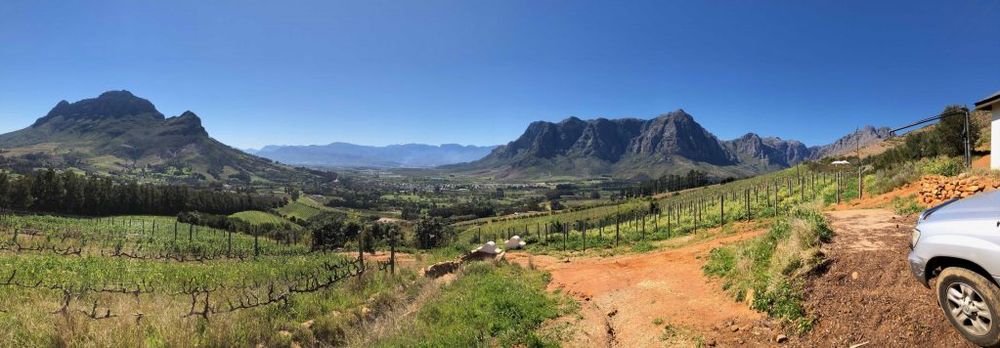
Hard to beat: South Africa offers so much that the rest of the world can only dream of but needs to meet its immediate challenges to ensure prices and volumes of wines are sold at sustainable levels for the whole industry to prosper and grow.
But he is also optimistic that a lot of the hard and good work has been done. South Africa just needs to a whole lot more of it. He sees Covid-19 as acting as a “reset” for the industry, but when the market does come back there are already “green shoots and we are moving in the right direction”.
Mullineux also looks back to the last recession in 2009 and says the country as a whole is in a far better position to bounce back then it was then. The level of inner confidence producers now have is unrecognisable to 10 years ago. Back then producers were more likely, she says, to describe their wine in reference to Bordeaux or Burgundy, now they are proud to talk about the strengths of their own Cabernets, or Chardonnays or whatever and the Old World reference is low down on the scale.
That’s a massive difference, she stresses. “South African wines are so proudly South African now. They are really taking what South Africa does best and focus on that. All that has happened in the last 10 to 11 years. That is what consumers really enjoy. It’s not this comparison game that was happening for a long time. Now we are standing proud of what we have, what we have to work with and make it uniquely South African. The consumer reaction is now to that amazing wine.”
There would been many people, both inside and outside of South Africa, who would have regarded the strong position it is in now as Mission Impossible 10 years, so we can only imagine how far it can go in the next 10 years if the global industry gives it the support it needs – and deserves.\
- You can watch the other debates as part of Wines of South Africa’s Insider Sessions here.
- You can watch the full How does South Africa Future Proof its industry debate here.































